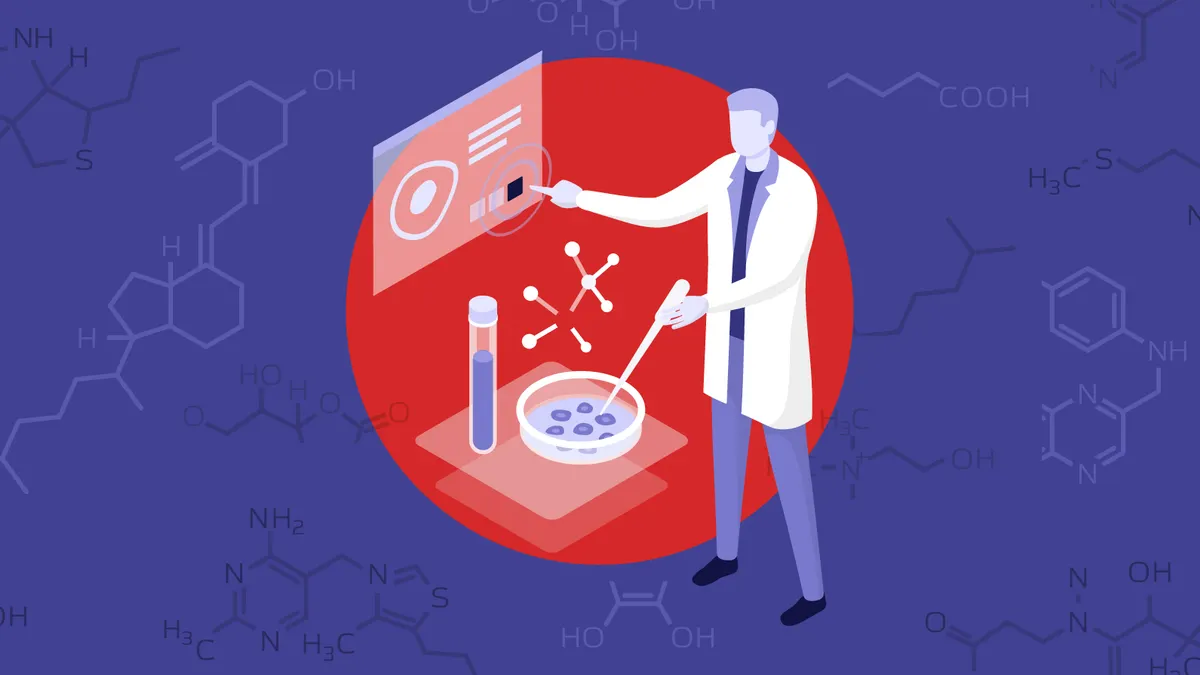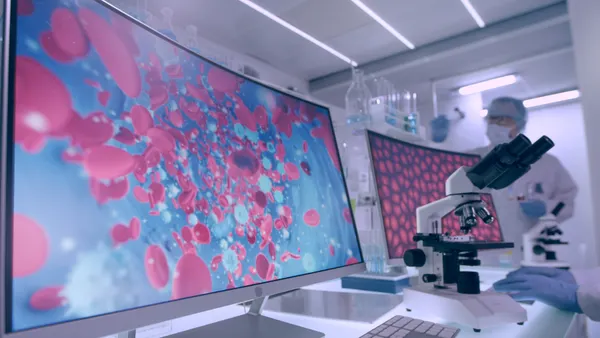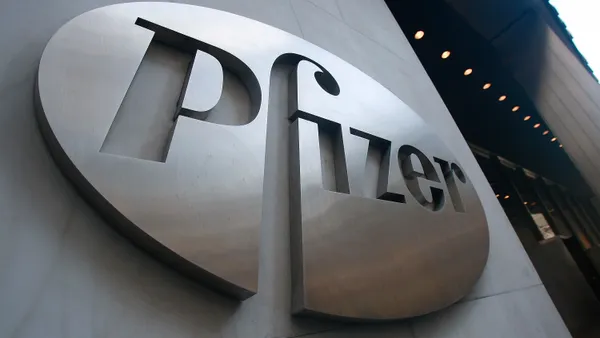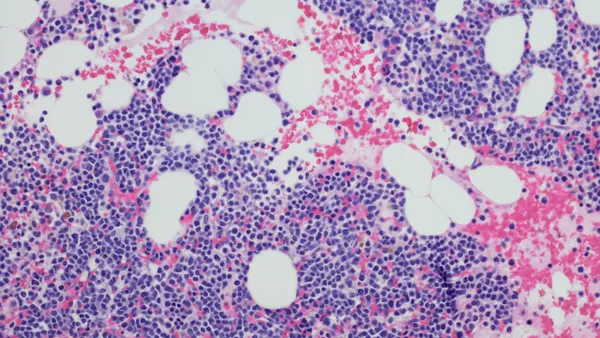The healthcare landscape has never been more complex than it is today. As the population ages, more people are developing complex and chronic conditions that require specialized care. Advanced therapies make up an increasing percentage of new approvals, and their momentum keeps accelerating. For instance, some 25% of all FDA-approved cell and gene therapies were green-lit within the last 18 months alone1. Biologics that have been available for less than a decade, such as glucagon-like peptide-1 receptor agonists (GLP-1s) for weight loss, are gaining ever-greater market share.
With this increase in healthcare complexity, the number of prescriptions for specialty medications has risen dramatically over the past five years. Most of the patients prescribed these drugs have multiple comorbidities, with diabetes, cardiovascular disease, obesity and hypertension frequently coexisting, for instance. Between 60 and 80% of specialty pharmacy patients are taking multiple medications, with the number of drugs typically increasing with age.2
To overcome these obstacles, biopharma companies need to adopt a more holistic, patient-centric approach that prioritizes patient experience and engagement across the product life cycle. All stakeholders — including manufacturers, payers, providers and pharmacies — must work together to break down silos and deliver truly patient-centric care. Community pharmacies are uniquely positioned to serve as a bridge connecting patients to the education, support and medicines they need to achieve the best possible health outcomes.
“Our focus on the whole patient makes us a strategic partner for biopharma, not just a tactical one,” says Anita Patel, Vice President of Pharmacy Services Development at Walgreens. “We’re activating pathways that help patients stay on the drugs they need to improve outcomes. We do this through education and long-term patient engagement, providing immunizations, support for patients with chronic conditions, and guidance at multiple touchpoints along the care journey. Through this continuous contact, we are able to amplify the effectiveness of care.”
Adding convenience boosts care quality and outcomes
For biopharma, reaching the right patients at the right time is essential for both clinical and commercial success. The right partnerships can help biopharma bridge the gap between trials and post-launch patient experience, giving today’s healthcare consumers the personalized, supportive experiences they expect and seek out.
One way this comes to life is through health screenings, which not only detect conditions early but also expand the pool of patients who can benefit from advanced therapies. Collaborating with biopharma companies, Walgreens community pharmacies educate patients while distributing at-home testing kits for a range of conditions including colorectal cancer screening (CRC), HbA1c and kidney function. Partnering with health plans, Walgreens takes a multi-channel engagement approach to help members complete colorectal cancer screening. The process starts with education on the importance of screening and continues until the patient receives test results. Some 70% of members who request a kit at the pharmacy counter complete their screenings, demonstrating the value of this approach.
Closing care gaps before they appear
Pharmacies can serve as proactive partners to help biopharma companies advance whole-person care. In one case, a drug manufacturer notified Walgreens of an impending product shortage that was expected to last about 2.5 weeks, potentially impacting thousands of patients. After coordinating its remaining inventory of the drug with the manufacturer’s stocking requirements, Walgreens began monitoring patient need, set up inter-company transfers to optimize supply, and temporarily adjusted some 90-day prescriptions to 30-day ones. Because no therapeutic equivalent was available for the drug, Walgreens pharmacists selectively used alternate strengths of the product to avoid therapy interruptions. Patients and prescribers were informed about the necessary changes until the manufacturer resolved the product shortage. This is a clear example of how pharmacy–biopharma collaboration keeps patients on therapies even in times of disruption.
Improving medication affordability unlocks access
Many patients today struggle to afford their medications. In a recent Gallup survey, 11% of people said they could not afford medication and care within the past three months.3
Community pharmacies play an important role in helping to connect patients to critical financial support programs. Walgreens, for instance, helped 66% of its oncology patients achieve a zero-dollar out-of-pocket cost for their oncology and concomitant medications in 2024. As a part of onboarding, Walgreens pharmacists proactively assess patient needs and match individuals with available assistance from drug manufacturers or foundations on a case-by-case basis. Beginning with a baseline assessment of how well patients fit applicable program criteria, Walgreens can either enroll the patient (with consent) into the program or help the patient submit their own application for assistance.
Working side by side to streamline and elevate care
As healthcare grows more complex, patients require more support to navigate the system and achieve the best outcomes. Community pharmacies play an important role that goes far beyond dispensing medicines, helping to simplify and coordinate care. As the healthcare partner closest to patients, these pharmacies are the ideal site to deliver high-touch, tech-enabled support that meets patients where they are and helps them understand their treatment journey, improving adherence to life-changing therapies.
“We have visibility across the entire continuum of care,” says Anthony Scatamacchia, Head of Biopharma Services Growth at Walgreens. “With a view of all the medications a patient is taking, all the conditions they have and all the benefits they’re entitled to from their insurer. And pharmacists have earned patients’ trust, which enables them to be effective as educators and influencers. In a complex world, this is something you can’t do without.”
1. RegMedNet. FDA-Approved Cell and Gene Therapies. RegMedNet (Taylor & Francis Group). Published May 5, 2025. Accessed September 9, 2025. https://www.regmednet.com/fda-approved-cell-and-gene-therapies/
2. Johns Hopkins Medicine. Polypharmacy in Adults 60 and Older. Johns Hopkins Medicine. Accessed September 9, 2025.
3. Witters D, Maese E. In U.S., Inability to Pay for Care, Medicine Hits New High. Gallup; April 1, 2025. Available at: https://news.gallup.com/poll/658148/inability-pay-care-medicine-hits-new-high.aspx










